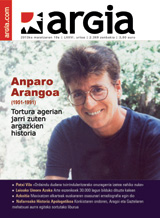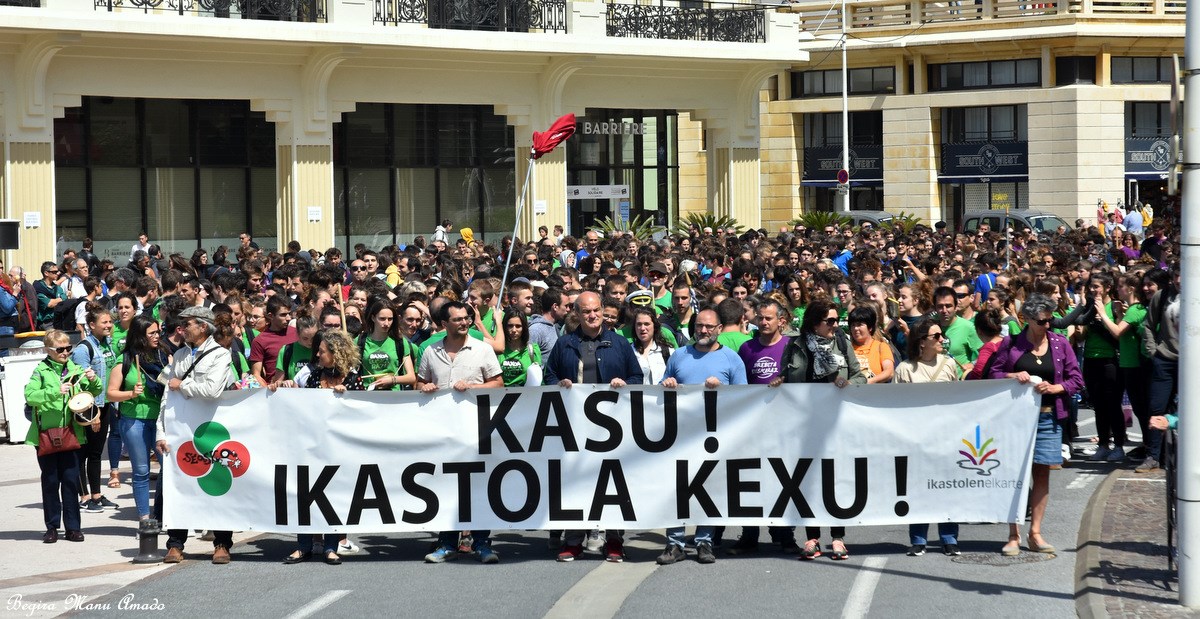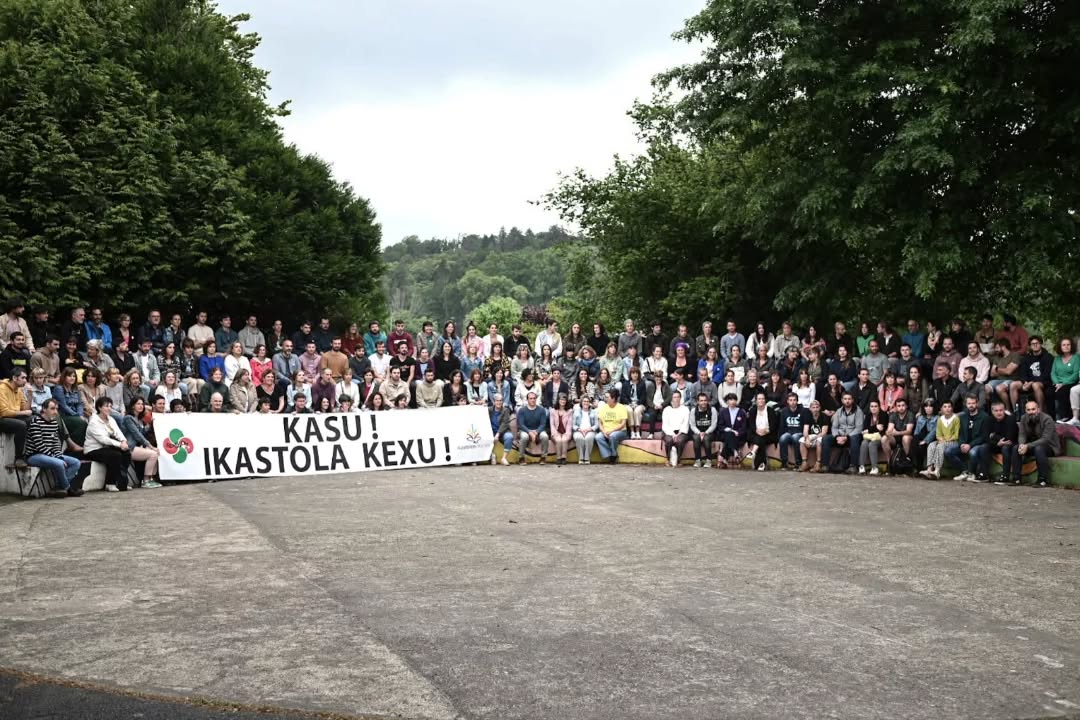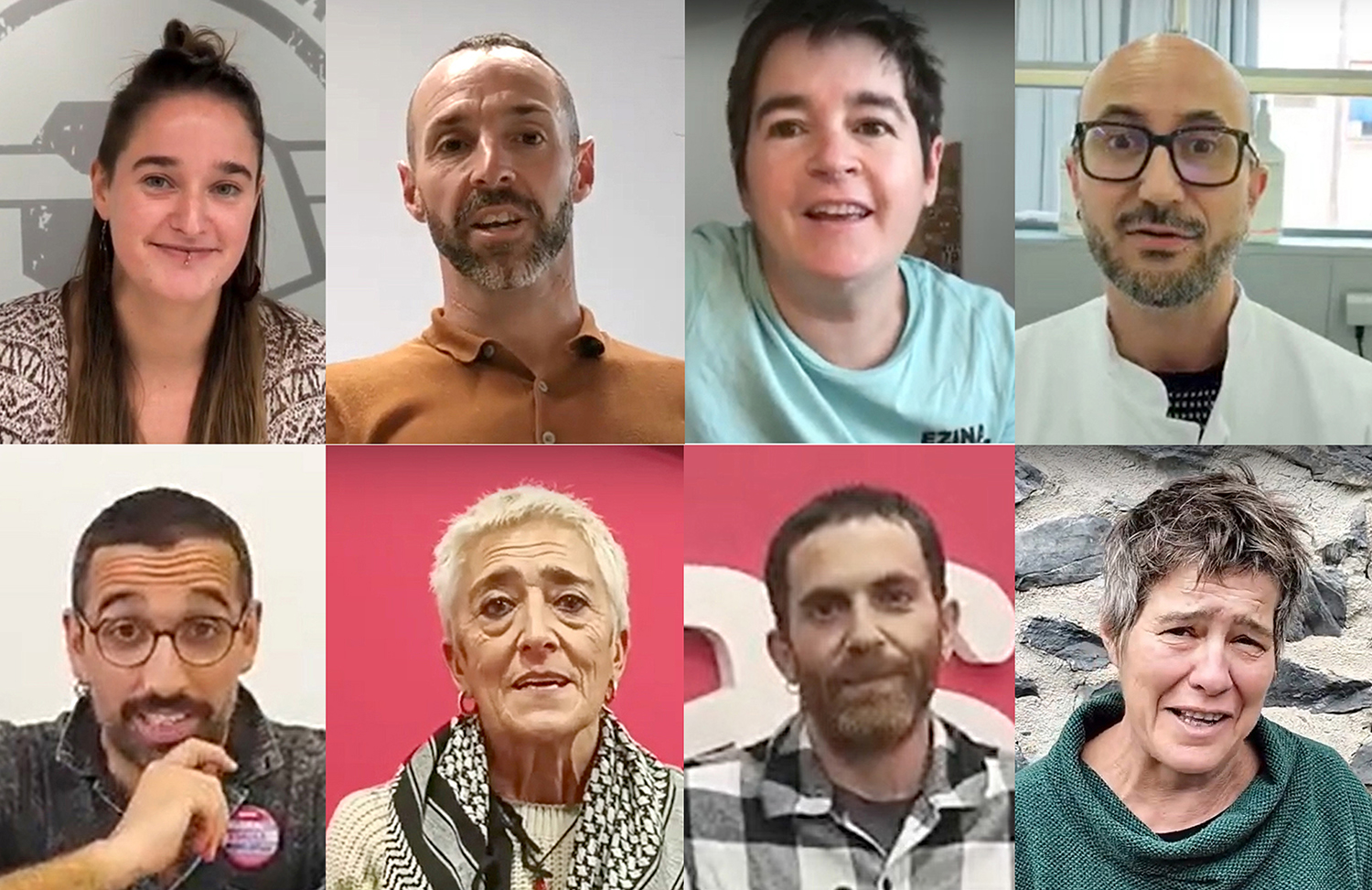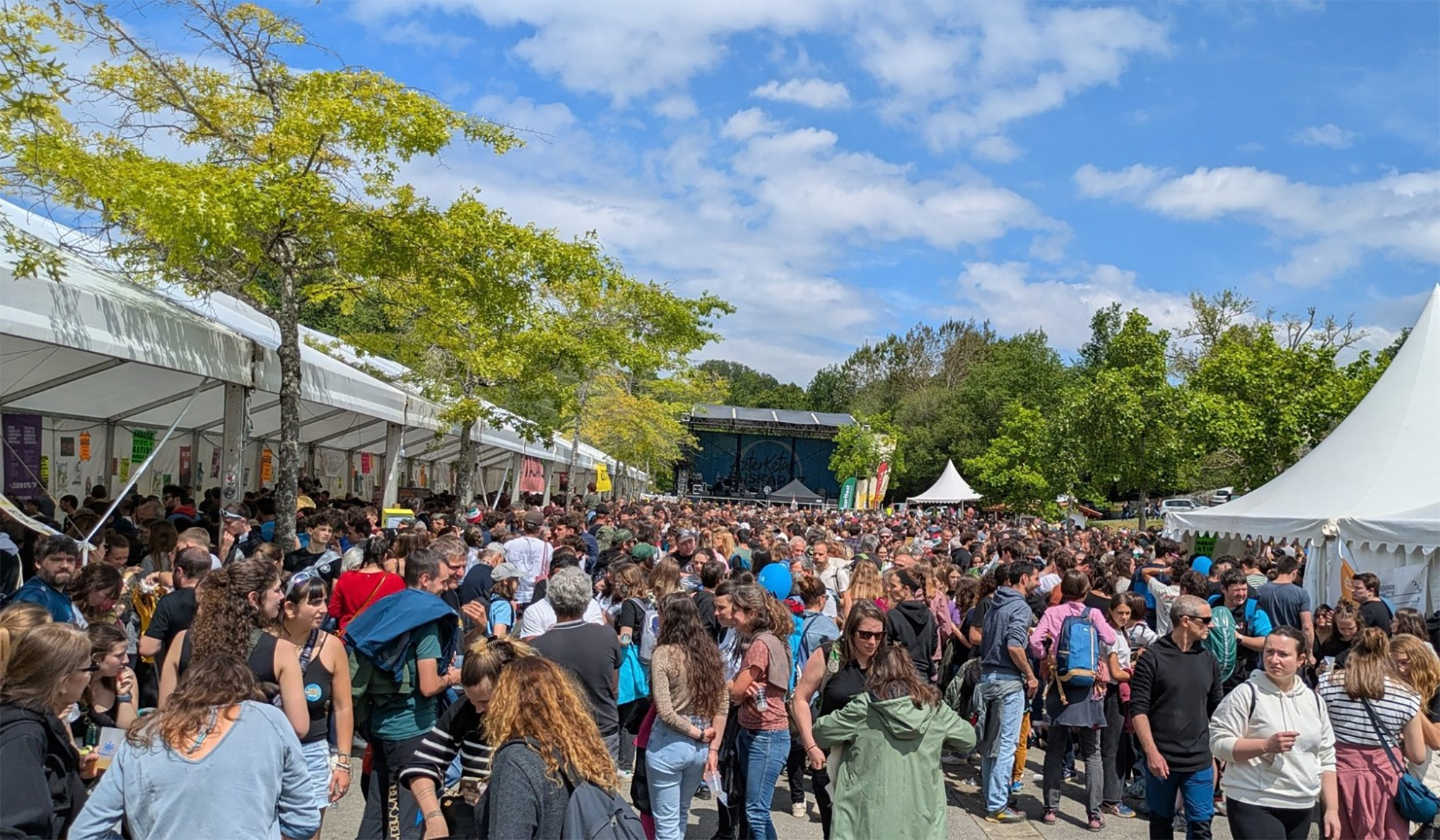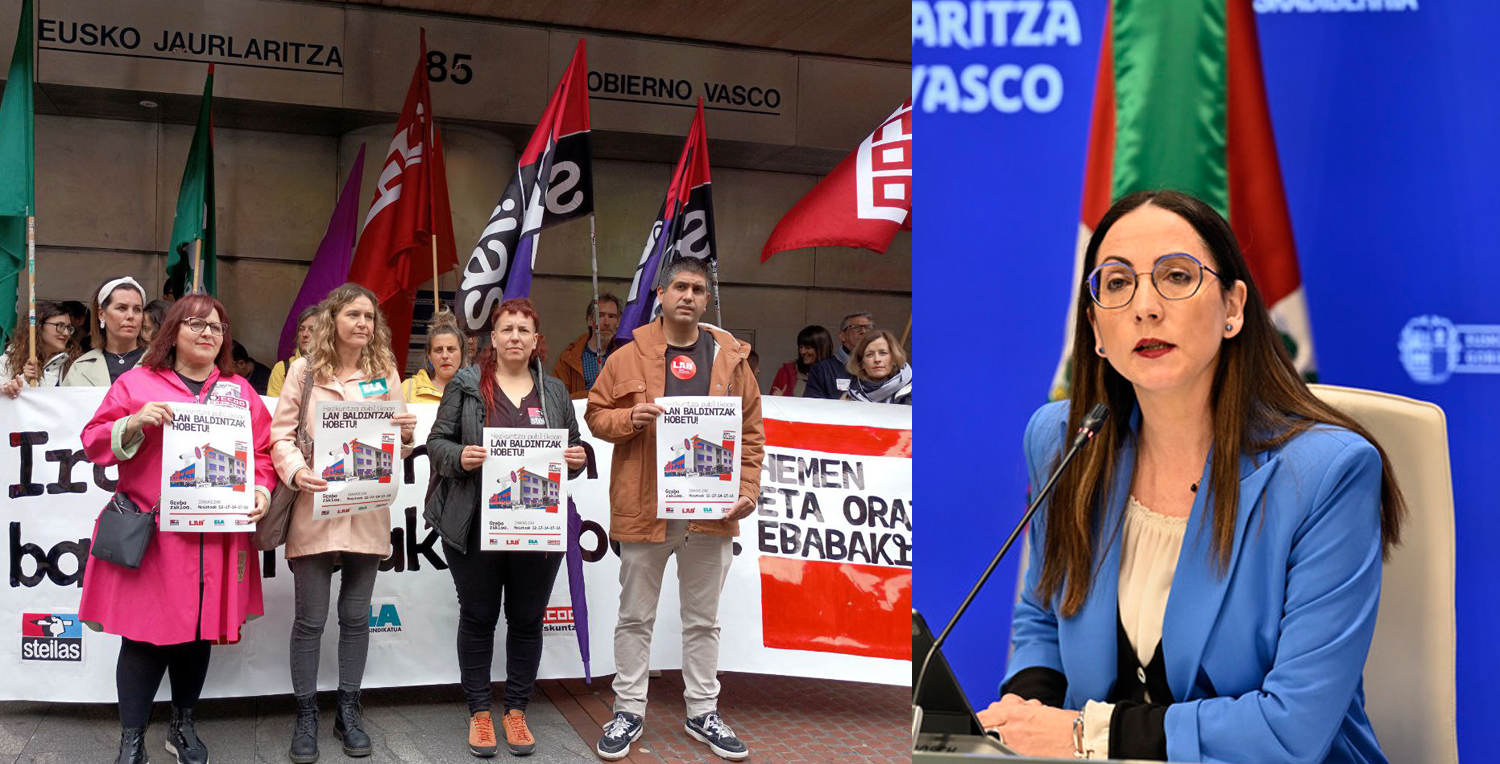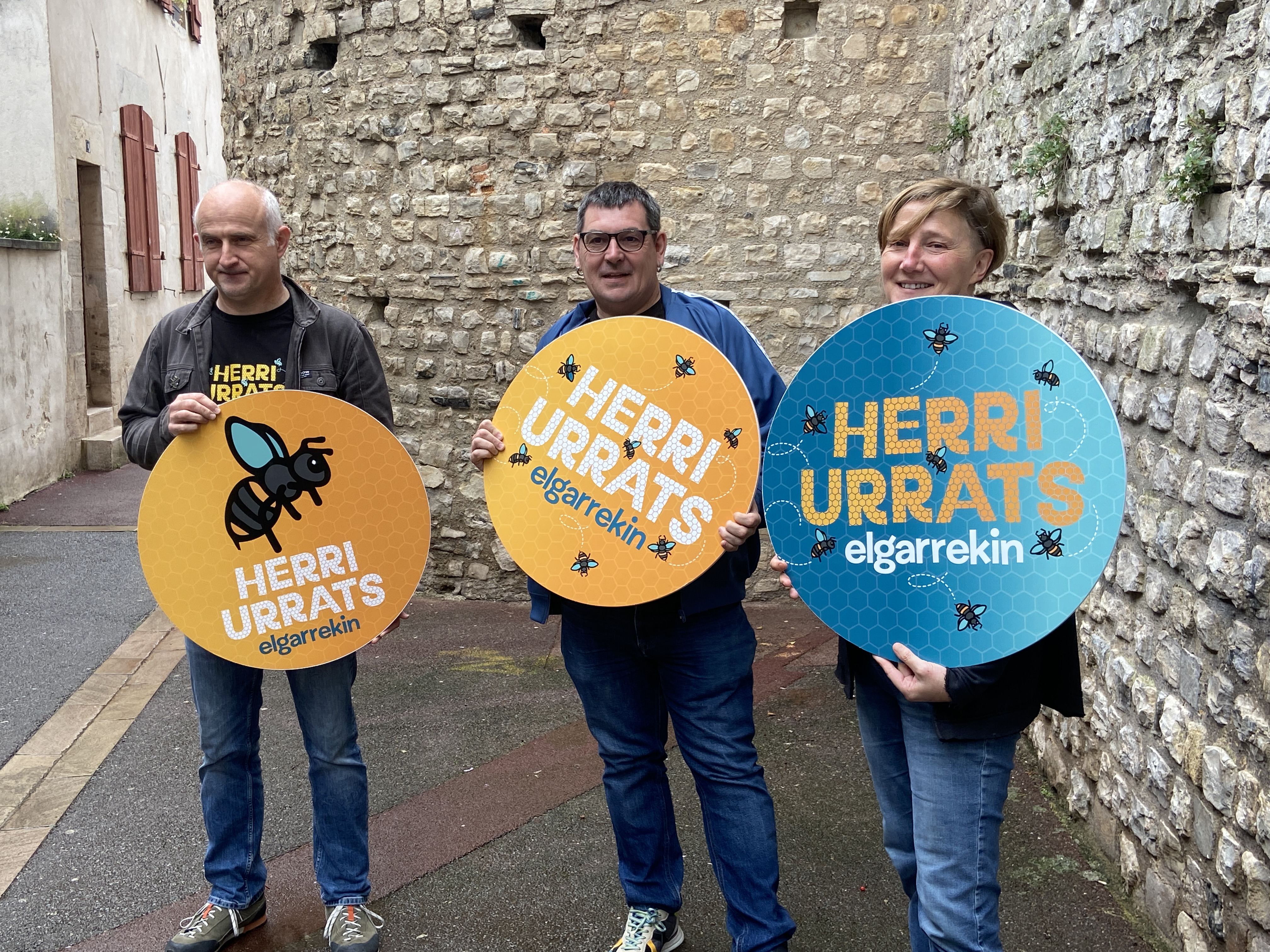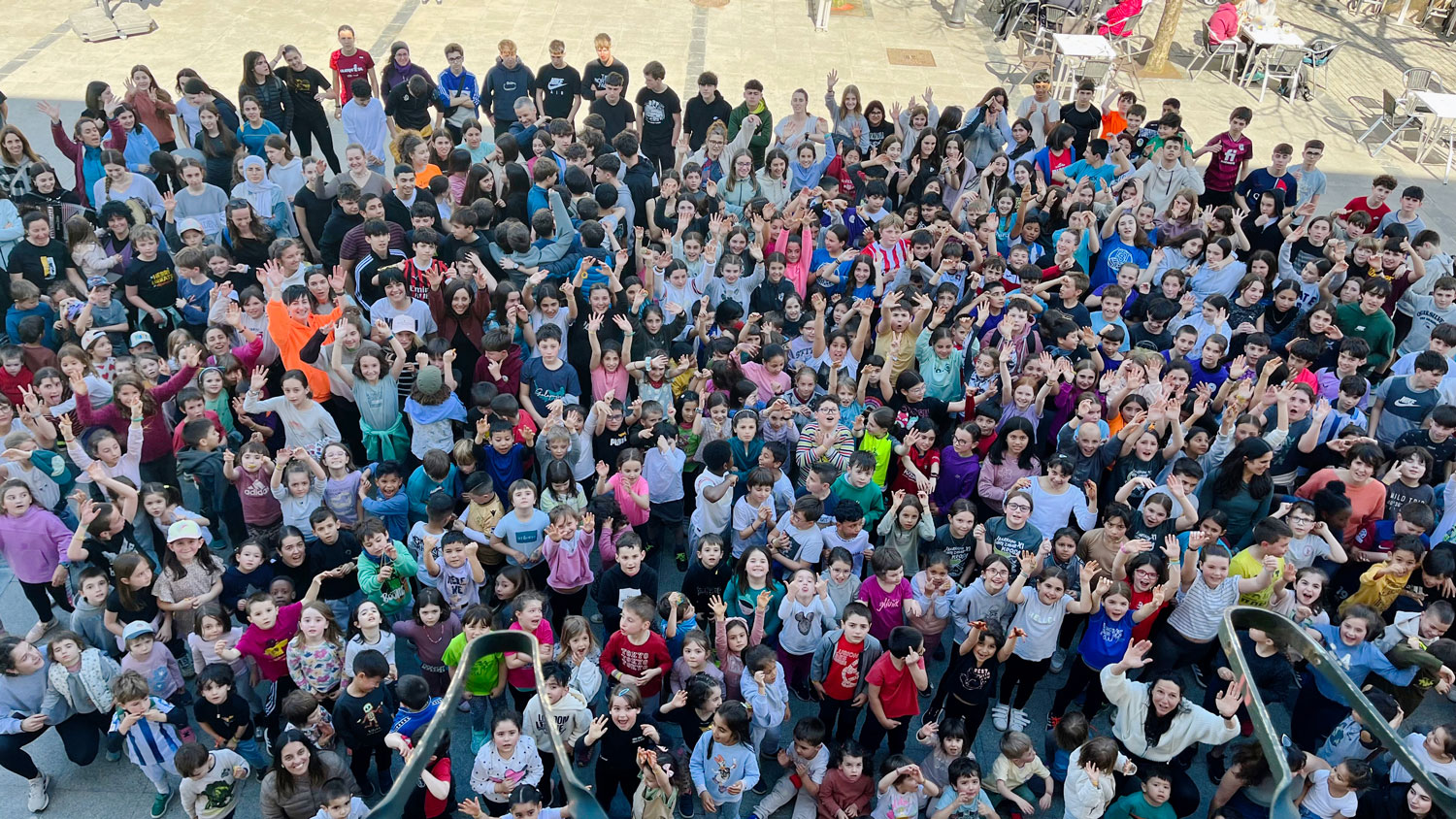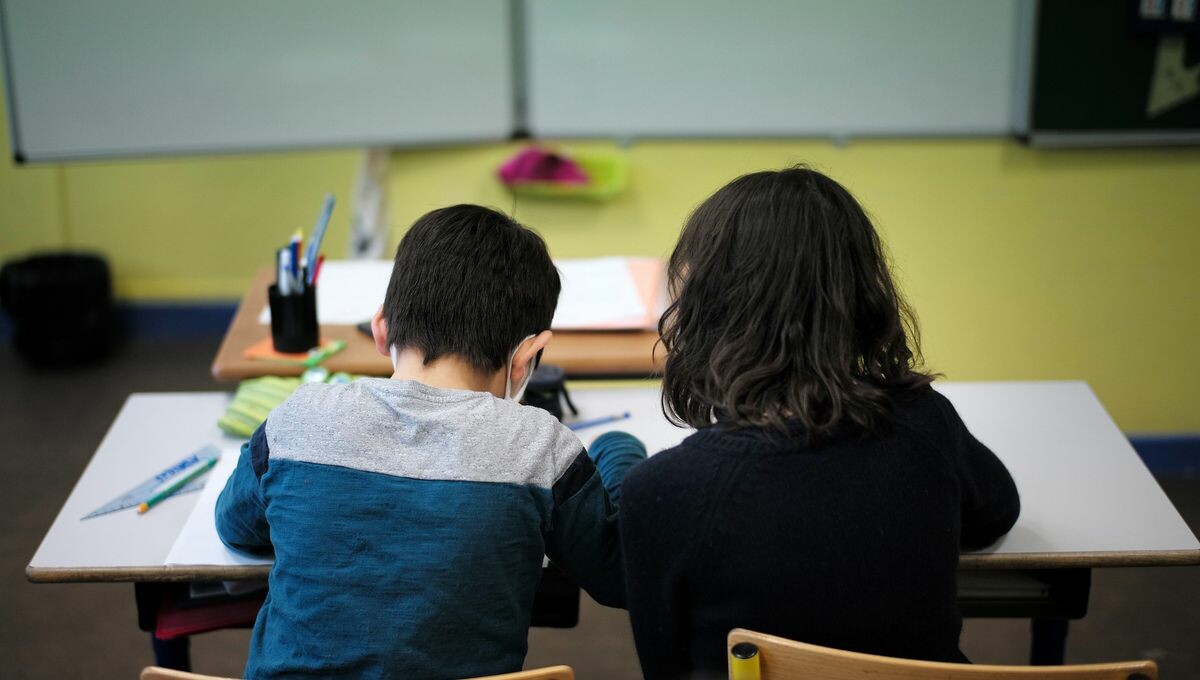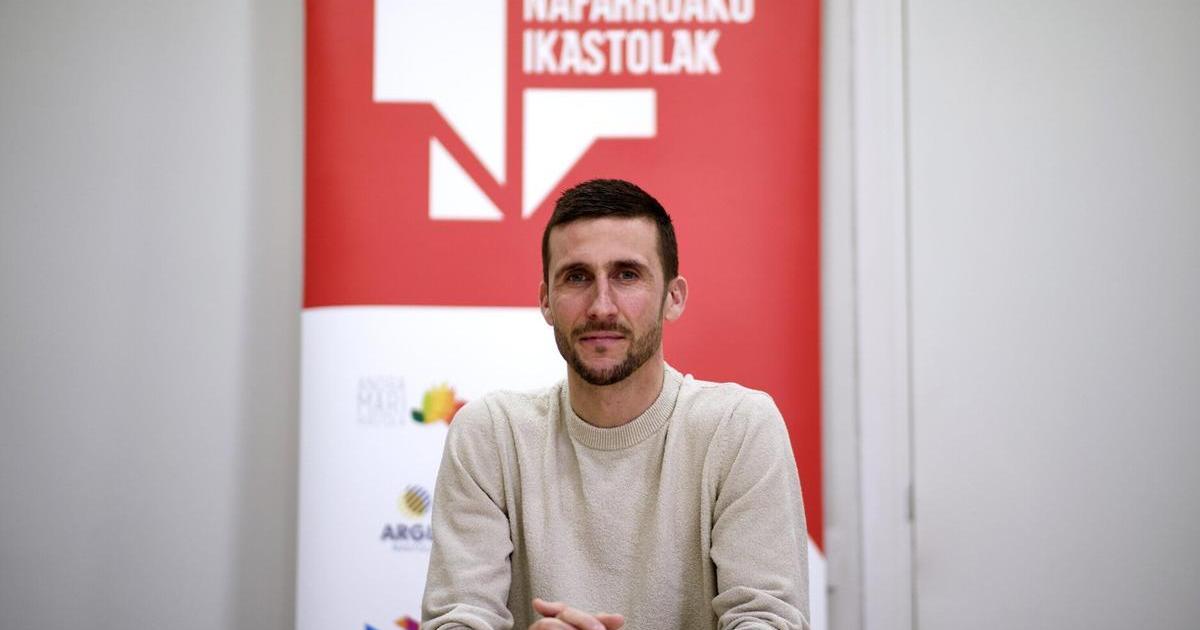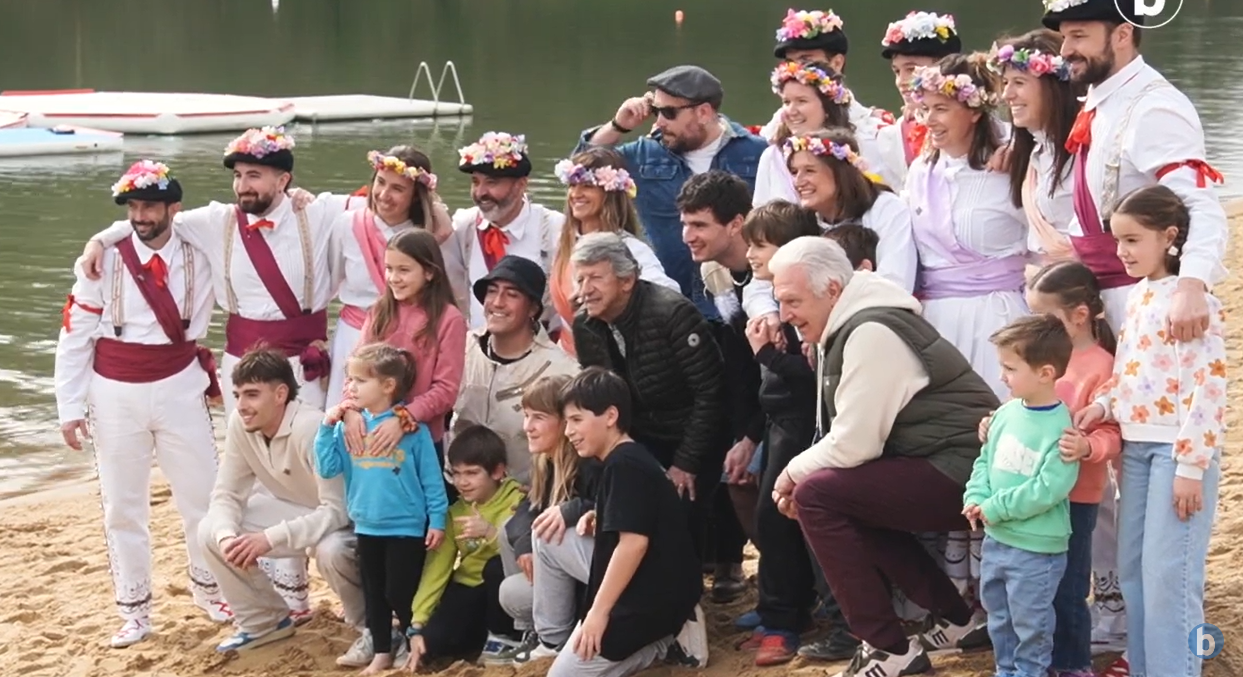The daily life of the different professions, by the hand of parents and former students
- This year the ikastola Asti-Leku of Portugalete turns 50, half a century of Euskaldunization of the left margin. In addition to organizing the Ibilaldia, which will be held on 26 May and which they prepared themselves in 1982, they have a new project in which parents of different professions will make their work known to the students of Bachillerato who are about to choose the path of the future.
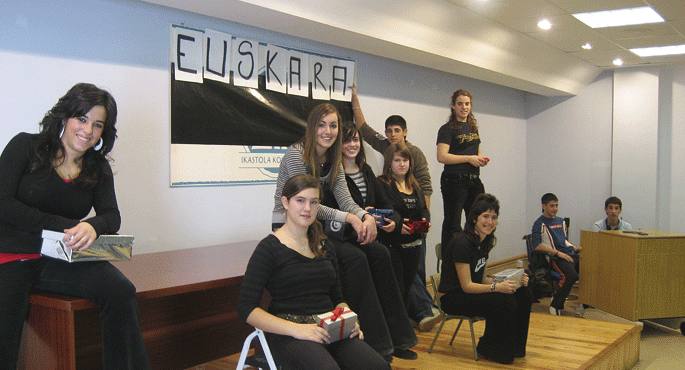
Ikastola Asti-Leku was born half a century ago with the objective of building a leftist ikastola with a strong cultural component. It is the only ikastola that offers a complete cycle of education in the area, and despite belonging to Portugalete, it has students mostly from Sestao, Santurtzi, Muskiz, Trapaga, Barakaldo and Castro, as well as from the right margin. In total it serves about 1,200 children of families in three buildings, about 1,619 students at the facilities of Grumete Diego, in Portugalete.
As the ikastolas emerged from the popular initiative, Asti-Leku also has a new pedagogical intention. Ikastola is a co-operative of parents, and with the aim of strengthening the educational community, their parents and former students will be involved in this project. According to Iñaki Vázquez, “25% of the infrastructure of the ikastola is used and EGA and leisure courses are also organized in the afternoon, but what about human resources? Why not take advantage of the work experience of parents to make our students aware of experiences closer to reality?” In this way, the objective is that the students who will complete the Baccalaureate, when choosing their future trade, “receive real experiences, live the work situation behind a trade”. To do so, they have decided to go beyond the guidance programme that is usually given to these students and to start an experience that will cover the two courses of this cycle.
Vázquez says that it is also necessary for the student to really get involved at the time of the election that has marked his life: “It is not all to inform oneself, in this option of building the future students will have, it is convenient to know the day to day of their professional choice. And what better way to respond to that than with the professionals who work in this field?”
Likewise, the project aims to broaden the knowledge of the different possibilities that students have. “Beyond the usual qualifications, a professional’s field of work is much broader: Law studies are not limited to lawyers, but can also be a prosecutor or a judge who is going to study law.” Therefore, on the one hand, what they are looking for is to take the first steps to build an educational community, which in the future also allows them to extend to the rest of the learning cycles. And on the other hand, they want to create Asti-Leku’s “brand”, “an active orientation closer to the everyday, as a sign of identity of the ikastola”. In short, the head of studies says that ikastola is a project that completes the training offer of the cooperative: “Beyond model D, cooperative learning and ICT implementation, we want to offer our students something special that differentiates us from other places.”
Start with five professions
Said and done. They have started working around five professional areas of work and from the next course, outside the school hours, students will have to participate in the seminars. Parents and former pupils will be the rapporteurs and will have prior advice so that young people aged 16-17 know how to run.
In addition, and with a view to students, seminars will be organized quarterly for the 1st Baccalaureate (Law, Engineering, Business Management, Teaching and Pure Careers). Students must choose at least one of them and, at the end of the course, in June, they will be appointed as a tutor or tutor depending on their choice. The tutor will accompany the student in the preparation of the report to be presented in the first quarter of the second of Bachillerato. In this second phase, the tutor will value the work and then the students will have to make a face-to-face presentation to their peers “in the language and format they want”.
Therefore, the active orientation project will include the two Baccalaureate courses: the student will receive the first information, depending on it will choose and to finish, with the help of the tutor will complement the work and present it to his/her colleagues for evaluation by the court. The final objective is, as has been said, to help these students to choose their higher education at the end of the Baccalaureate as best as possible. This year 227 students are attending Baccalaureate in Asti-Leku and a similar number is expected for the next course.
Background
Before the university representatives started going to the ikastola, they used former Asti-Leku students to facilitate the guidance of Baccalaureate students. The former students who studied at university gave the necessary explanations, but they had problems with the timetable and the project was abandoned. Nowadays, orientation briefings are held with representatives of universities, but “this orientation or advice is done passively and we wanted to go further”, says Vázquez.
Although similar projects are being carried out elsewhere (Canada, France and some Basque private schools), the Asti-Leku projects have focused on Catalonia. “Treball de recerca” is the research work, a subject included in the curriculum, a compulsory subject for all high school students. This subject aims to work the research competence and in it is also carried out outside the school hours, the students have the advice of a tutor and influences the percentage of the complete final grade of Bachillerato.
The Asti-Leku have focused on the structure of this subject and have done so in the form of a research workshop to actively organize guidance counseling for students: “We would like the information they have received to be a genuine training. In short, the training received is lifelong. The student has to work the competencies for a life project and know the real work behind that chosen career will help them,” explains Iñaki Vázquez.
Seaska Sarean inklusio egoeran dauden 165 ikasleei laguntza bermatzeko hasi dute kanpaina, antolaketa propioa eratuta. Frantziako Hezkuntza Ministerioaren jarrera salatu dute kanpaina aurkezteko prentsaurrekoan, behar bereziak dituzten haurren inklusiorako baliabide... [+]
Nafarroako Ikastolen Elkarteak lehendakari berria du. Oier Sanjurjok hartu dio lekukoa Elena Zabaleta Andresenari. Beste zazpi kide izanen ditu alboan Sanjurjok.
Oier Sanjurjo Maté hautatu dute Nafarroako Ikastolen Elkarteko lehendakari. Atzo egindako asanbladan erabaki zuten izendapena. "Mugarri garrantzitsua da euskarazko hezkuntzaren etorkizunerako foru erkidegoan", adierazi du Ikastolen Federazioak ohar batean.
Ez dira gutxi azken boladan euskara bere onenean ez dagoela eta bere transmisioa bermatuta ez dagoela ohartarazten ari diren ahotsak. Bestetik, inork ez du ukatzen hezkuntzak ezinbesteko betebeharra duenik euskara eta euskal kulturaren biziraupenerako. Erronka estrategikoa... [+]
Zinez txalogarria, eskolako irakasle talde jakin baten borondatez, eta zenbait gurasoren inplikazioz, A ereduko ikastetxe estigmatizatu bat D ereduko eskola bilakatzeko abian jarri duten prozesua Gasteizko Judimendi auzoan. Honela, posible egiten ari dira Araba, Bizkaia eta... [+]
Elgarrekin izena du Duplak egin duen aurtengo abestiak eta Senpereko lakuan grabatu zuten bideoklipa. Dantzari, guraso zein umeen artean azaldu ziren Pantxoa eta Peio ere. Bideoklipa laugarrengo saiakeran egin zen.









